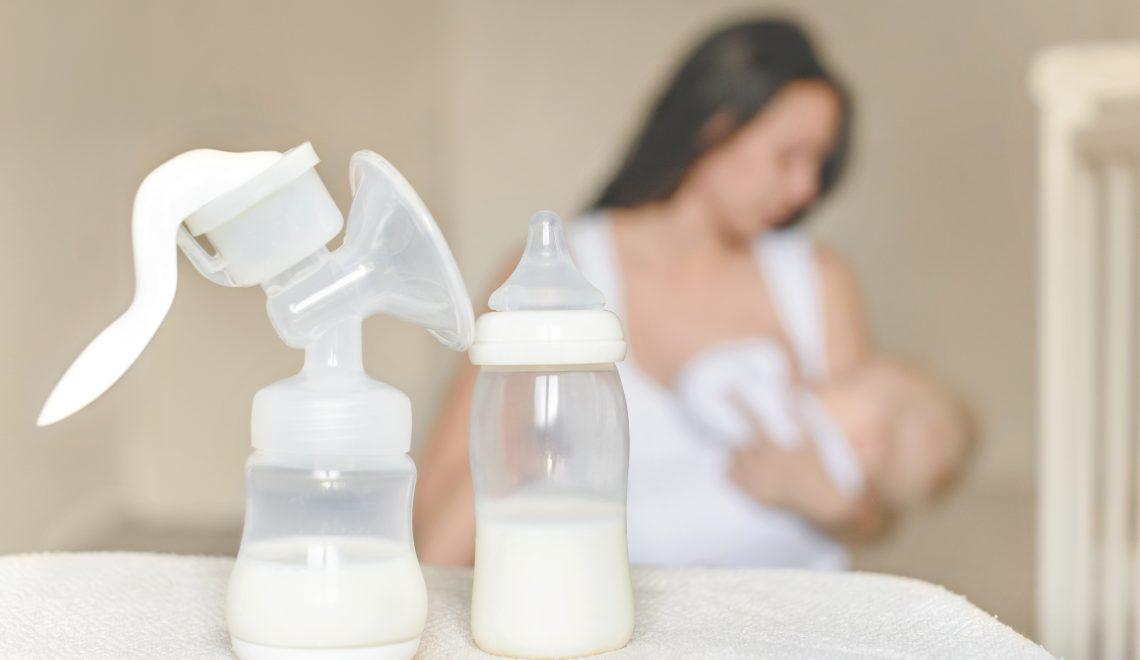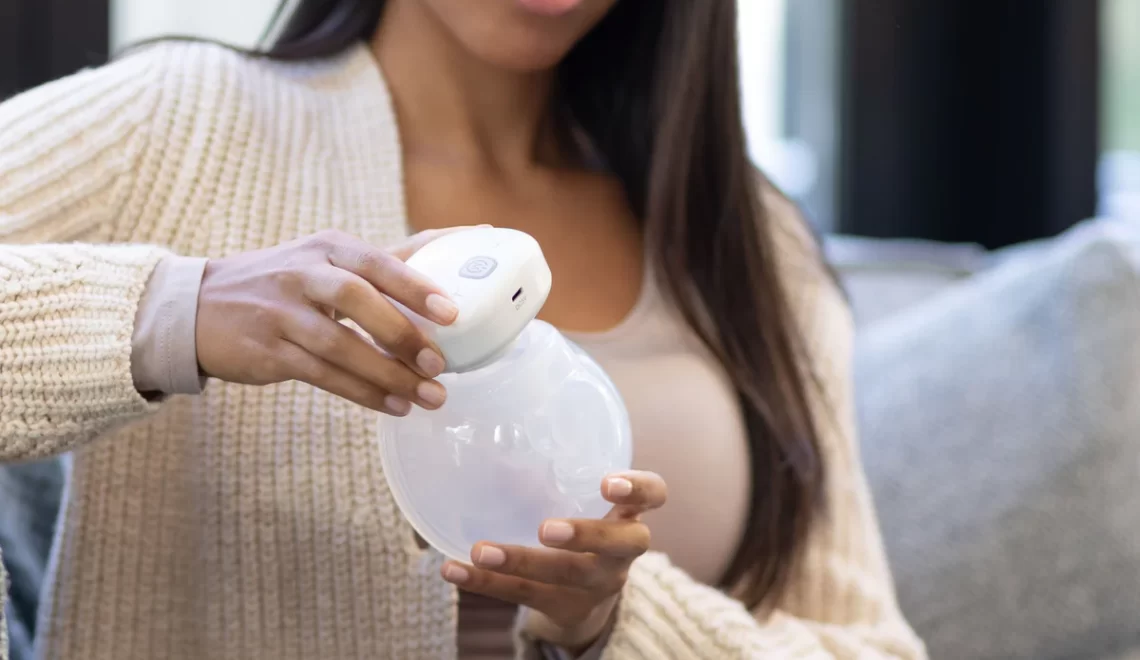
Being a mom is something that changes your life in profound ways, from cherished late-night cuddles to navigating the aisles for baby gear. Amidst the joy and delight, you embark on the exciting and perhaps slightly overwhelming journey of breastfeeding. Understandably, it isn’t easy. Sometimes, you need a little help, especially when it comes to expressing and storing breast milk. That’s where a reliable breast pump comes in—an essential tool that’s likely at the top of your shopping list.
Whether you’re heading back to work, sharing feeding duties with your partner, or just need a break now and then, a good breast pump can be a lifesaver. In fact, research analysts anticipate that the global market will reach USD$5.20 billion by 2030, with an impressive annual growth rate of 8.6%. These numbers can make choosing the right one feel more daunting.
To help you out, here are the factors you should look for when shopping for the best breast pump.
Types Of Breast Pumps
There are three primary types of breast pumps, each designed to suit different needs and lifestyles. Let’s have a quick overview of them:
Manual Breast Pump
Manual pumps are hand-operated and require you to squeeze a lever or handle to create suction. They’re typically more affordable, lightweight, and quiet, making them ideal for occasional use or travel. However, they can be more labour-intensive and time-consuming compared to other types.
Electric Breast Pump
Electric breast pumps are a popular choice for many breastfeeding mothers due to their efficiency and ease of use. These devices use a motor to create suction, which allows for hands-free pumping.
There are two main types of electric pumps: single and double. A single electric pump extracts milk from one breast at a time and is more compact and often less expensive. This device is suitable for occasional pumping or where portability is important. On the other hand, a double breast pump allows simultaneous pumping of both breasts, cutting pumping time in half. This type is perfect for moms like you who need to pump regularly, such as those returning to work. The best part? It usually has a portable model, which makes it convenient to use on the go.
Battery-Operated Breast Pump
Another basic type is the battery-operated pump. This type offers the benefit of portability since you don’t need a power outlet, which is especially beneficial during power outages. Some models even come with rechargeable batteries, adding to their convenience. While they can be slightly less powerful than their plug-in counterparts, they still provide reliable performance.
As you can see, each type of breast pump has its perks that cater to different needs. Knowing these options makes it easier to pick the perfect one for your breastfeeding journey.
Pump Efficiency
Efficiency is all about saving time and expressing more breast milk. Therefore, look for models that offer adjustable suction levels and cycle speeds. This customization allows you to mimic your baby’s nursing pattern, maximizing milk production and ensuring comfort. You may also want to check out reviews for suction strength and noise levels, too—quieter pumps can be a real lifesaver during those late-night sessions.

Mom use electric breast pump feeding for her baby.
Comfort And Fit
Pumping shouldn’t be a painful experience. Opt for breast pumps with soft, properly fitting breast shields to prevent discomfort and nipple irritation. Some pumps offer different shield sizes so you can find the perfect fit. Furthermore, consider models with massage or let-down modes to stimulate milk flow gently. Features like these can make a big difference in your comfort and overall experience.
Hygiene And Maintenance
As a mom, you want nothing but the best for your baby, and that includes keeping your breast pump clean. Hygiene and maintenance are crucial for your baby’s health. Choose pumps with parts that are easy to disassemble and dishwasher-safe for thorough cleaning. Some models feature antimicrobial materials or closed systems to prevent mould and bacteria buildup, giving you peace of mind.
Price Point
Breast pumps come in a wide range of prices, reflecting their features and capabilities. Manual pumps are typically the most affordable option, often costing between USD$20 to USD$50. Meanwhile, electric pumps generally fall into the mid-range, priced from USD$100 to USD$200. While it might be tempting to opt for the cheapest option, consider the long-term value and your specific needs. The key is to balance your budget with your pumping needs and frequency.
Warranty
Like any significant investment in your parenting journey, a breast pump should come with a solid warranty and dependable customer support.
A comprehensive warranty protects your investment against manufacturing defects and sometimes even wear-and-tear issues. Premium brands may offer extended warranties for additional peace of mind. However, note that policy terms can vary widely among different manufacturers. Some may require registration or have specific conditions for coverage, so it’s important to read the fine print before purchasing.
Takeaway
The right breast pump is part of every breastfeeding mother’s essential toolkit. Remember, what works best for one mother may not be ideal for another. Ultimately, prioritize what matters most to you and your baby, ensuring a positive pumping experience from start to finish.








